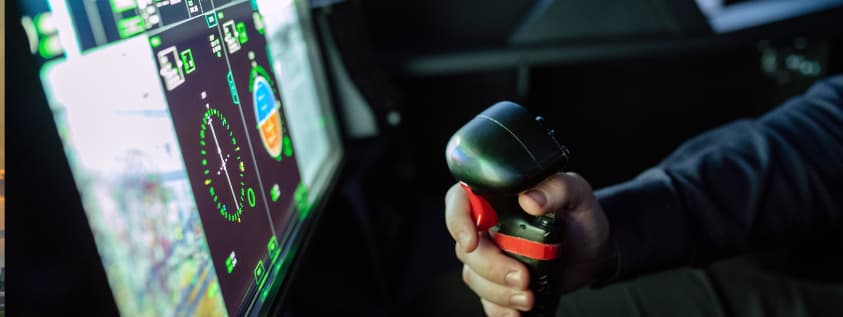Type Ratings and Class Ratings are essential privileges to give effect to the flying licence. Without them, it is not possible to be a pilot, whether private or commercial.
Class Ratings (CR) are those that allow you to fly in certain flight conditions (visual flight, instrument flight) or generic groups of aircraft (single-engine, multi-engine) of different types (land, amphibious, seaplanes). These are privileges that define “what” you can fly, and in what conditions.
In addition to the necessary class ratings, you must be rated as a pilot of the particular model, make, type of aircraft. This is known as an Aircraft Type Rating.
Simpler aircraft do not require a Type Rating, but complex aircraft, such as jets used by airlines, do. Getting a type rating is something you should consider at the end of your pilot training, and never before you have been selected by an airline. It will be at that point, depending on the airline, that you will finally know which model of aircraft you need to be type rated on.
Class Ratings
As explained above, class ratings certify that you can fly a (generic) class of aircraft: single-engine or multi-engine, piston landplanes, … Other class ratings also certify that you are qualified to fly in different flight conditions: instrument or visual. These class ratings certify that you can fly a class of aircraft that requires common training.
These ratings are a fundamental part of pilot training. The PPL or ATPL training courses already contain some integrated class ratings. For example, the private pilot licence contains the single-engine land-based VFR daytime rating. This is the most basic class rating.
In the case of the commercial pilot licence, in order to access the airline you must first obtain the multi-engine, IFR, … ratings, as well as recently implemented ratings such as the UPRT (Upset Prevention and Recovery Trining) or the PBN (Performance Based Navigation), which EAS Barcelona was the first school in Spain to obtain the authorization. In the EAS Barcelona Integrated ATPL course all these ratings are included.
Type Ratings. How and when?
Once you have completed your training as a commercial pilot, i.e. with a CPL licence plus IR and MEP class ratings, ATPL frozen theory, etc. The only thing you will be missing is the Type Rating. The TR is the authorization that certifies that you can fly a specific model of aircraft.
The type rating will be determined by your first contract of employment. For example, if the fleet of the airline that has decided to hire you consists of Airbus A320 family aircraft (A319, A320 and A321) you will have to obtain the specific rating for this type of aircraft. In short, the Type Rating will be determined by obtaining a contract with an airline, and under the conditions set by the airline, as these may vary depending on the demand for pilots at any given time.
Airlines generally conduct Type Rating courses at their own training centres, or at external training centres chosen by the airline itself.
Training for type ratings and class ratings
Training is a fundamental element of becoming a pilot. Training at EAS Barcelona will not only give you the necessary certifications, it also provides you with an MCC in an Airbus A320 simulator – one of the most popular commercial aircraft in the world – with 50 hours of theory and 40 hours of simulator practice, including the APS (Airline Pilot Standard), which provides an unbeatable preparation for obtaining your first Aircraft Type Rating.
